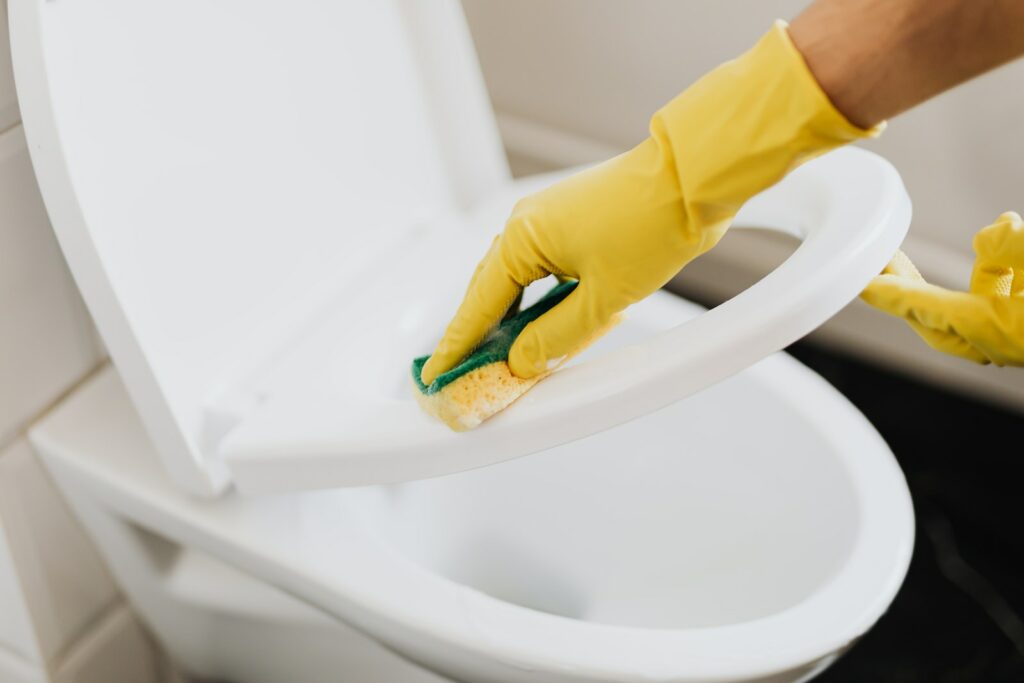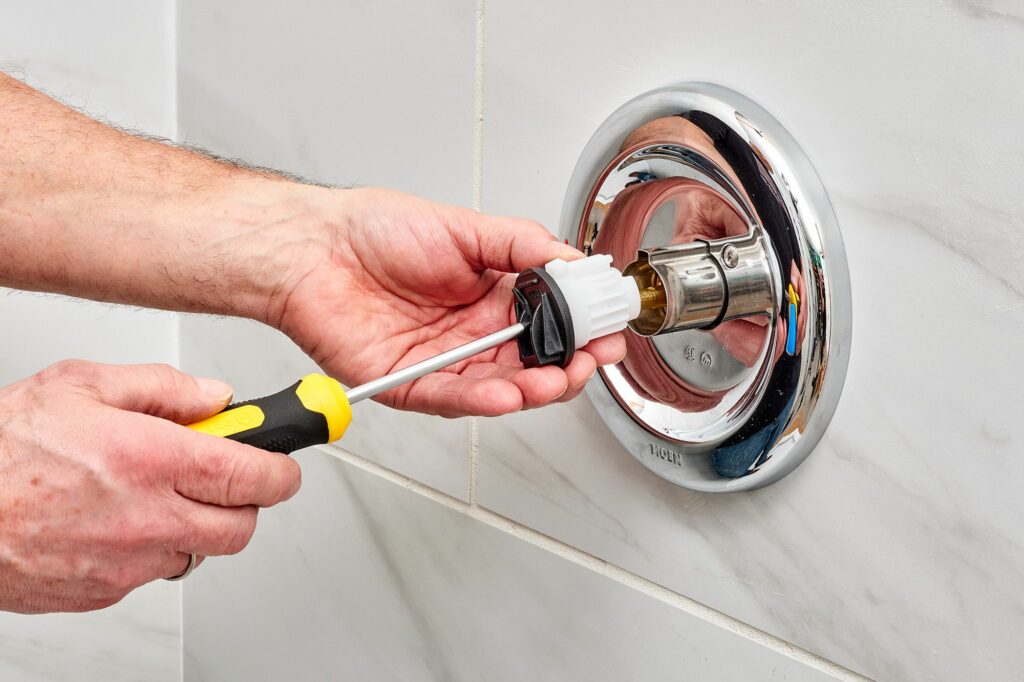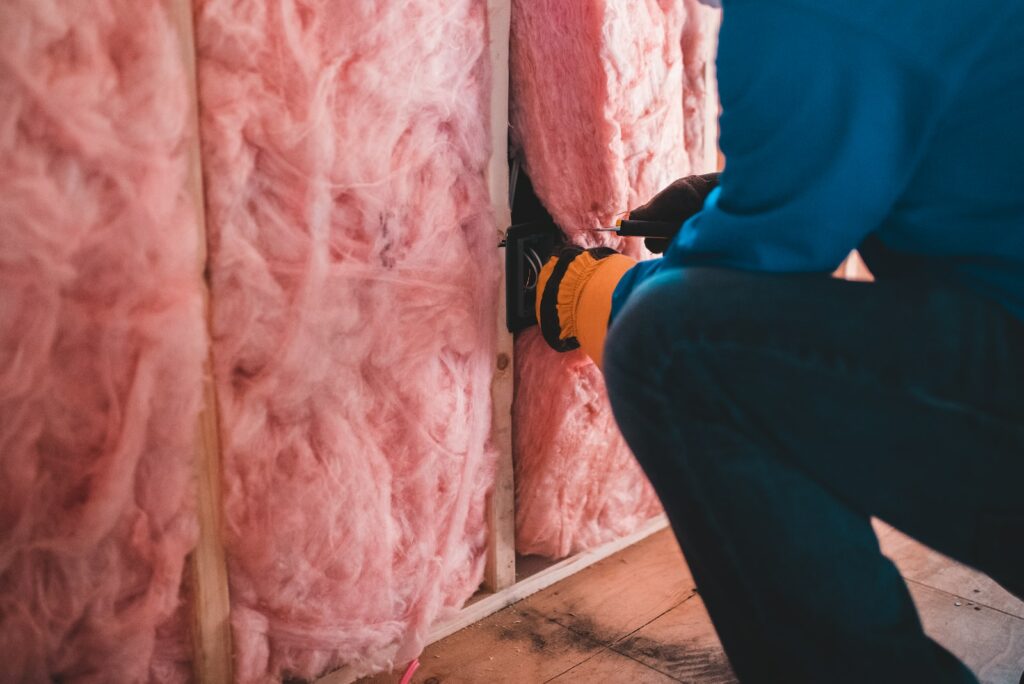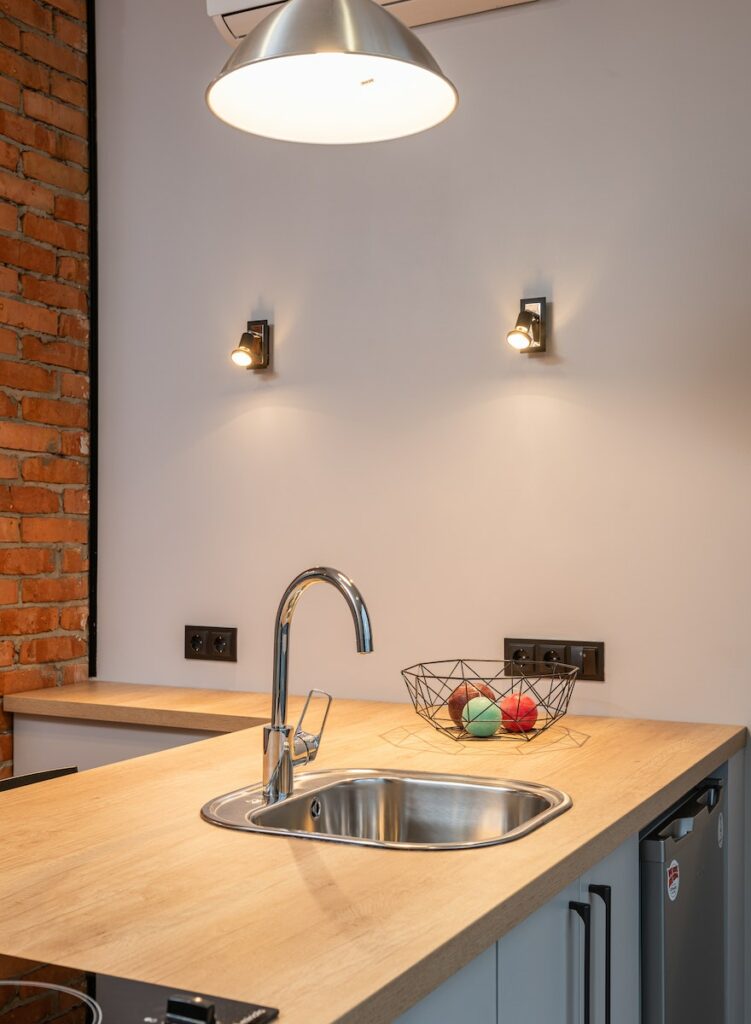How to Install a New Toilet Seat: A Step-by-Step Guide
Replacing a toilet seat can be a simple task that is easy to complete in just a few minutes. The installation process does not require any specialized tools or complex methods, and the process itself is usually straightforward. Doing so can help improve the overall look of your bathroom and make it more comfortable to sit on.
Tools Needed
Replacing a toilet seat is a relatively simple job, but you’ll need the following tools to get the project started:
- * Adjustable wrench * Screwdriver
* Utility knife
* Drill
* Ruler or tape measure
* Safety goggles
* Gloves
Time and Expenses Required
The time and expenses required will depend on the type of toilet seat you are installing and the tools you already have available in your home. If you have the tools mentioned above, you should be able to complete the job in no more than one hour. As for the expenses, you should expect to pay about $20-$30 for the new toilet seat and any additional supplies that you may need.
Step 1: Remove Old Toilet Seat
Before you begin the installation process, you’ll need to remove the existing toilet seat. To do this, start by using an adjustable wrench to loosen the nuts that hold the seat in place. You should find two nuts, located on the underside of the toilet seat, which can be turned either clockwise or counterclockwise to loosen them. When the nuts are loose, lift the seat up and away from the bowl, and set it aside.
Step 2: Install New Toilet Seat
Now that the old seat has been removed, it’s time to install the new one. Start by carefully lining up the new toilet seat over the holes in the bowl. Make sure that the seat is positioned correctly and securely, then press it down to make sure that it is firmly seated. Use a tape measure or ruler to ensure that the seat is centered over the bowl.
Once the new seat is in place, secure it by tightening the nuts with the adjustable wrench. Make sure not to over-tighten the nuts, as this could cause the seat to become unstable.
Step 3: Install Screws and Nuts
If the new toilet seat uses screws and nuts to secure it, use a drill to make two small holes in the edge of the seat. Insert the screws into the holes and then thread the nuts onto the screws. Use an adjustable wrench to securely tighten the nuts.
Step 4: Trim Edges
If the new toilet seat does not line up perfectly with the bowl, you’ll need to trim the edges of the seat. To do this, use a utility knife to carefully trim away any excess material. Make sure you wear safety goggles to protect your eyes.
Step 5: Test the Toilet Seat
Once everything is installed, it’s time to test the new toilet seat. To do this, sit on the seat and make sure that it is secure and comfortable. If it feels wobbly or unstable, you should tighten the nuts and screws further. Once you are satisfied with the fit, you have finished the installation process.
Conclusion
Replacing a toilet seat is a relatively simple job, and one that can be completed in just a few minutes with the right tools and supplies. Doing so can help improve the look and feel of your bathroom, as well as make it more comfortable to sit on. Just be sure to use caution when tightening the nuts and screws, as over-tightening them can cause the seat to become unstable.
With these tips, you should have no problem installing a new toilet seat in your home.





















